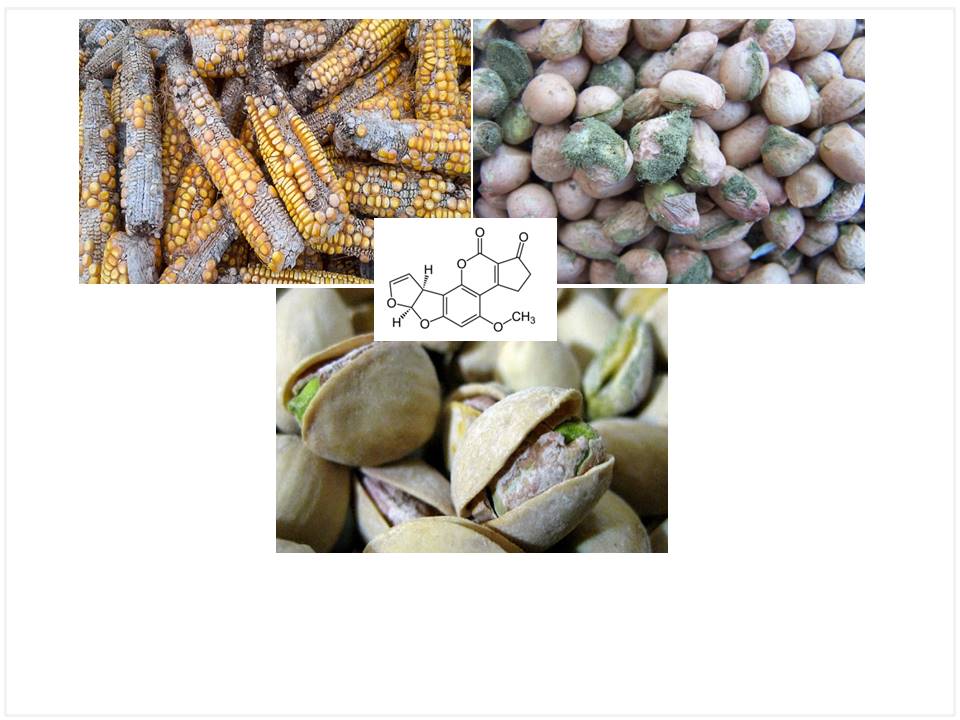Chemical Science & Engineering Research
Title
Aflatoxin Types, Permissible level, Factors Responsible for Aflatoxin Contamination, Determination and Detoxification Methods in Animal Feed
Authors
Naseem Zahra,* Rida Tanveer, Madeeha Zaheer, Hafsa Moosa, Muhammad Khalid Saeeed, Khurram Shahzad, Yasar Saleem and Shaista Nawaz
Food and Biotechnology Research Centre Pakistan Council of Scientific and Industrial Research Laboratories Complex, Ferozepur Road, Lahore-54600, Pakistan.
*Corresponding author E-mail address: drnaseemzahra@gmail.com (Naseem Zahra)
Article History
Publication details: Received: 27th September 2021; Revised: 20th October 2021; Accepted: 22nd October 2021; Published: 03rd November 2021
Cite this article
Zahra N.; Tanveer R.; Zaheer M.; Moosa H.; Saeeed M.K.; Shahzad K.; Saleem Y.; Nawaz S. Aflatoxin Types, Permissible level, Factors Responsible for Aflatoxin Contamination, Determination and Detoxification Methods in Animal Feed. Chem. Sci. Eng. Res., 2021, 3(8), 33-38.

Abstract
A group of toxins known as Aflatoxin is originated from two fungal species Aspergillus flavus and Aspergillus parasiticus. These important toxins in animal feed are classified into B1, B2, G1, and G2. The most toxic and abundant form of aflatoxin is B1 however, aflatoxin M1 is abundant in cow milk, a hydroxylated form of aflatoxin B. United State Food Drug Authority introduced highest concentration/accumulation of aflatoxin in animal feed. The permissible limit is 20µg/Kg in animal feed. Aflatoxins contamination in milk, milk products, and child food are restricted to zero. Countries have set up exceptional standards for aflatoxins degrees in domesticated animal feed. Factors such as physical, chemical, biological and nutritional are responsible for the growth of Aspergillus species and ultimately causes aflatoxin production. Different chromatographic methods like TLC, ELISA and HPLC are used for the detection of aflatoxins in animal feed. This review covers the information regarding aflatoxins types, permissible levels, detection and detoxification ways.
Keywords
Hydroxylated; TLC; HPLC; ELISA; Aflatoxins; Feed